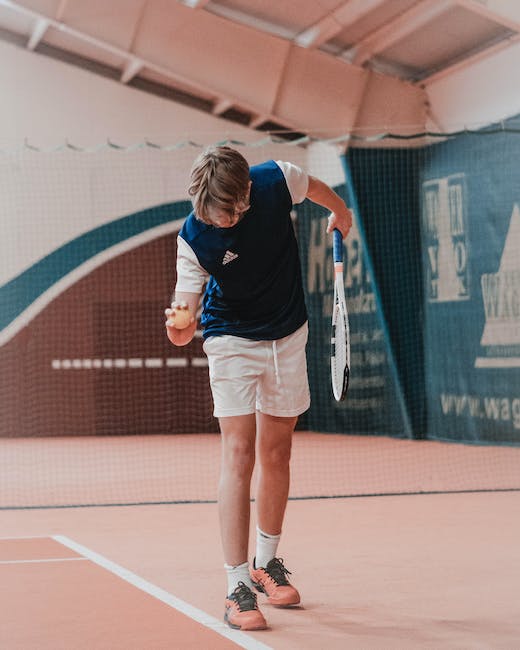
Understanding Tennis Elbow and Its Symptoms
Tennis elbow, technically known as lateral epicondylitis, is a common condition that troubles numerous people globally. Its primary affliction targets the muscles and tendons located in the upper arm, particularly the extensor carpi radialis brevis. Recognizing the symptoms of tennis elbow is the first step towards speedy recovery.
Often linked to activities including playing tennis, this ailment is marked by pain radiating from the outside of the elbow towards the forearm and wrist. Other symptoms may include weakness in the hand and difficulties in gripping objects. However, tennis elbow doesn’t only affect athletes or people playing tennis, it can be a challenge for anyone performing repetitive, strenuous arm movements.
Incorporating Physical Therapy to Treat Tennis Elbow
Physical therapy is a recommended approach on how to relieve tennis elbow pain fast. Guided by knowledgeable physical therapists, patients engage in low-impact exercises and stretches that aim at strengthening the muscles in the affected area.
Physiotherapy not only helps to treat tennis elbow but also reduces the chances of future injuries. A combination of stretching, strengthening, and flexibility exercises designed by a competent doctor or physical therapist, will contribute to joint stability and reduce unnecessary strain on the muscles and tendons.
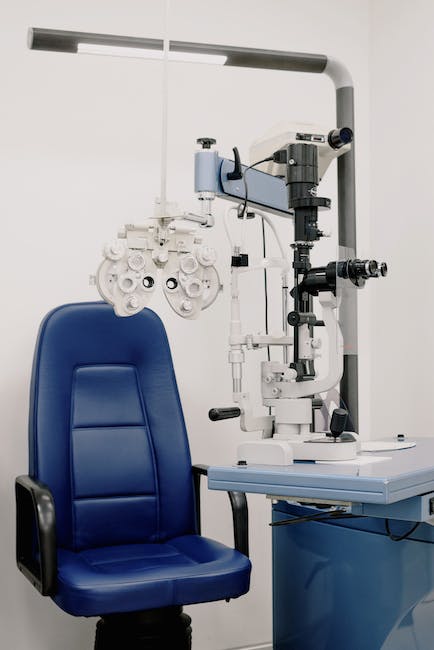
Using Anti-Inflammatory Drugs and Steroid Injections to Reduce Inflammation
Steroidal anti-inflammatory drugs or NSAIDs, are a common treatment option for people with tennis elbow. These drugs help reduce inflammation thereby alleviating pain. However, one should always consult with a medical professional before using such medications.
On the more invasive side of treatments, there are steroid injections. Steroids are potent anti-inflammatories that are occasionally injected directly into the area of pain to provide quick relief. This is generally considered when first-line treatments like physical therapy and oral medications are ineffective.

Utilizing Cold Packs Multiple Times a Day
Backed by professionals, including physical therapists, using cold packs is another effective measure on how to relieve tennis elbow pain fast. A cold pack applied to the elbow multiple times a day can provide significant relief from the associated pain and discomfort.
Cold packs work by reducing inflammation in the afflicted area. A cold pack or even a bag of iced peas wrapped in a cloth should be applied to the area for about 15 minutes, at least a couple of times a day, as per the recommendation of your health care provider.

Advantages of Platelet-rich Plasma Treatment for Tennis Elbow
Apart from the usual interventions, newer evidence supports the use of platelet-rich plasma (PRP) as a treatment for chronic tennis elbow. PRP involves centrifuging a patient’s blood to obtain a concentration of platelets which are then injected into the damaged elbow tissue.
Researchers believe PRP helps by promoting tissue repair and reducing inflammation. One study found that people with tennis elbow who had PRP treatment reported less pain and improved function than those who didn’t, showing PRP could be a promising option for those suffering from persistent tennis elbow.
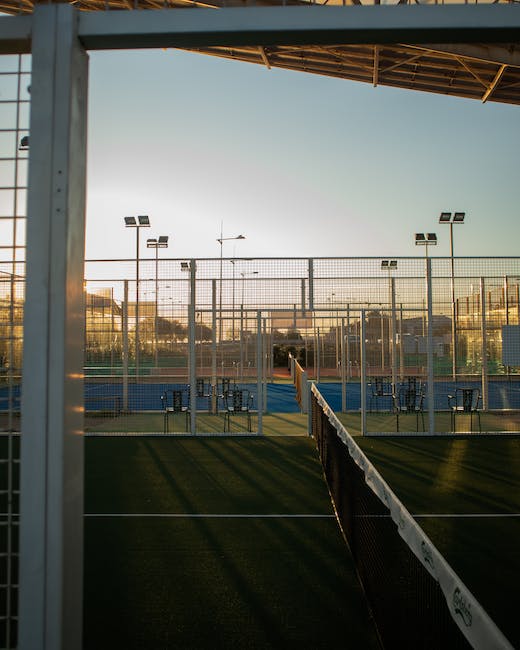
A Holistic Approach: Strengthening the Muscles to Prevent Tennis Elbow
Looking beyond relief from immediate pain, another long-term method to treat tennis elbow includes focused exercises that strengthen the muscles in your forearm. Strengthening the muscles can help absorb the stresses extensor carpi radialis brevis muscle typically encounters during strenuous, repetitive movements.
Exercising under the safety supervision of a doctor or physical therapist can help train your muscles to handle more strains and pressures. This can significantly lower the chances of tennis elbow reoccurring in the future.

The Role of Rest in Alleviating Tennis Elbow Pain
While treatments and exercises are crucial in relieving pain, remember that rest is an integral part of the healing process. Over-working the affected muscles and tendons may lead to additional inflammation and delay your recovery.
Resting does not necessarily mean complete immobilization. You can engage in other physical activities, such as walking or running, that don’t exert stress on your inflamed tennis elbow. Always ensure that your upper arm gets a good deal of rest to optimize healing.
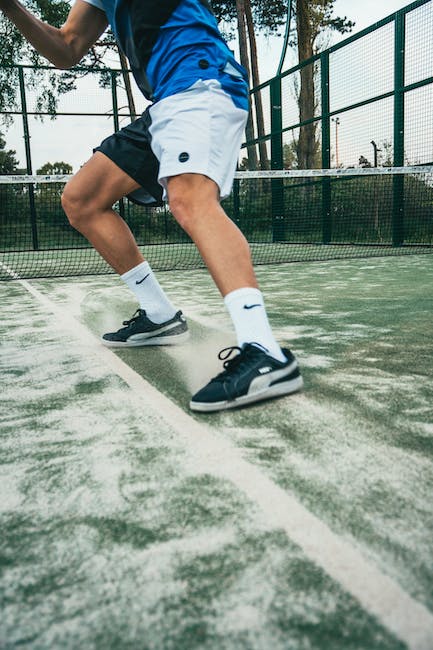
Check with Your Doctor or Physical Therapist for a Customized Treatment Strategy
Because every case of tennis elbow is unique, it’s crucial to consult with a medical professional to determine the most effective treatment strategy. Your doctor or physical therapist can develop a custom plan based on your specific condition and lifestyle.
Likewise, they can guide you on modifying your daily activities to prevent undue strain on your elbow. Essential adjustments may include the correct techniques of lifting objects or the use of elbow-straps to support your forearm muscles.

Bringing it All Together: An Integrated Approach to Treating Tennis Elbow
Effective treatment for tennis elbow includes a combination of rest, targeted exercises, medication, therapies, or, in severe cases, injections. This integrated approach, complemented with lifestyle changes and precautions, will significantly mitigate the impact of tennis elbow and enhance your quality of life.
By adopting these protocols, rest assured that you’re on your way to healing quickly and getting back to your everyday activities without any pain or limitations.
1. What is tennis elbow?
Tennis elbow is a painful condition affecting the muscles and tendons on the outer part of the elbow. It’s also known as lateral epicondylitis and is often linked to repetitive forearm activities, like playing tennis.
2. How can physical therapy help treat tennis elbow?
Physical therapy helps by strengthening the muscles and enhancing joint stability. The therapy overseen by trained physical therapists includes stretching, strengthening and flexibility exercises that reduce the burden on the elbow muscles and tendons.
3. How do anti-inflammatory drugs work for tennis elbow?
Anti-inflammatory drugs or NSAIDs reduce inflammation around the elbow, thereby alleviating pain. They can be taken orally or applied topically as recommended by a doctor.
4. Can steroid injections relieve pain fast?
Yes, steroid injections, when administered directly into the painful area, are known to provide fast relief in severe cases of tennis elbow. However, this course of treatment should be discussed with your doctor first.
5. What is the role of a cold pack in treating tennis elbow?
Cold packs can help by reducing inflammation in the affected area. They should be applied to the elbow for about 15 minutes, several times a day.
6. How does platelet-rich plasma treatment work?
Platelet-rich plasma (PRP) treatment involves injecting a concentration of platelets obtained from the patient’s blood into the damaged elbow tissue. This method is believed to promote tissue repair and reduce inflammation.
7. How can strengthening exercises prevent tennis elbow?
By strengthening the forearm muscles, you help your body deal with strains and stresses that could otherwise lead to tennis elbow. Such exercises should be undertaken under the supervision of a professional to avoid injury.
8. Is resting helpful in treating tennis elbow?
Yes, resting allows inflamed muscles and tendons to recover and lessens the chances of further exacerbating the condition. While resting, you can still participate in other physical activities that don’t strain the elbow.
9. Why should I consult with a doctor or physical therapist?
Individual treatment plans vary since each case of tennis elbow is unique. A doctor or physical therapist can provide you with an effective treatment strategy tailored to your specific condition and lifestyle.
10. How long does it take to recover from tennis elbow?
The duration of recovery can vary widely depending on the individual and the severity of the condition. It may take several weeks to several months with proper rest, therapy, medication, and lifestyle modifications.





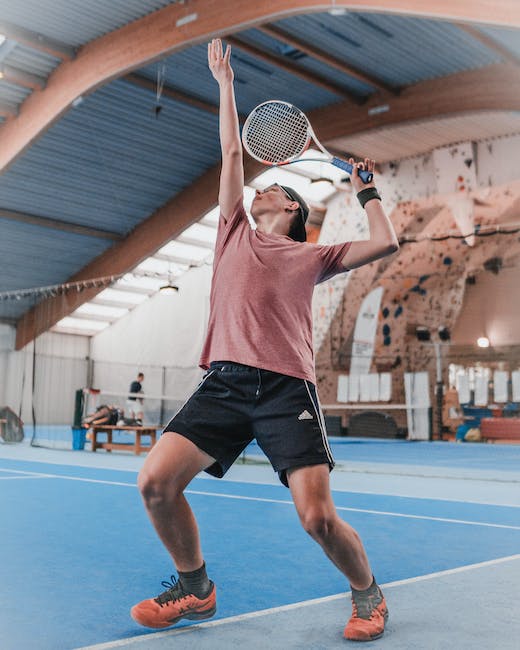
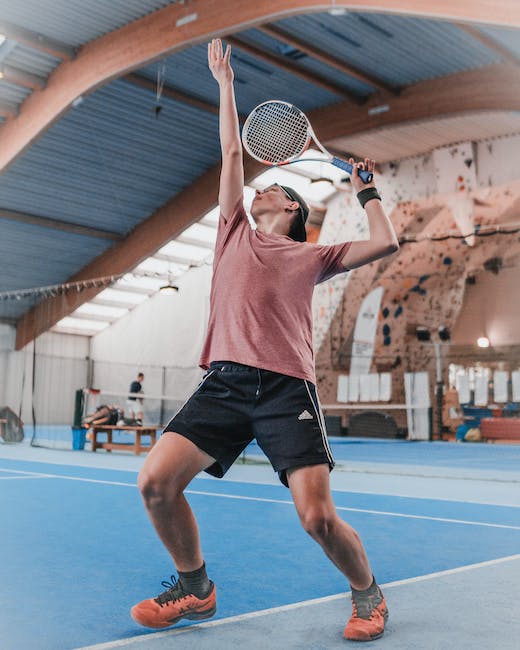
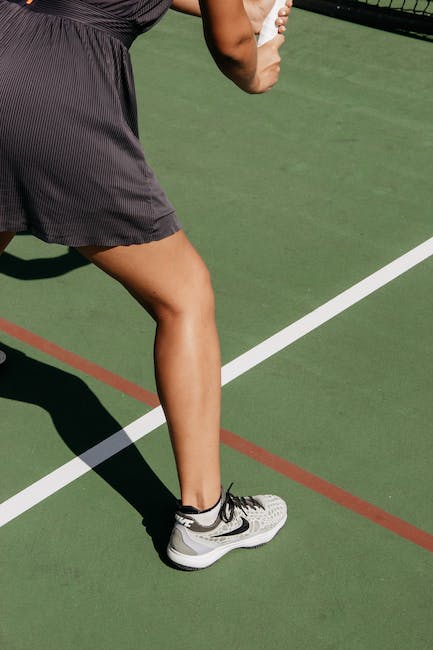
No Comment! Be the first one.